How to patch a hole in drywall / plasterboard / Sheetrock. Everyone at some stage in their life will need to patch a hole in drywall / plasterboard / sheetrock. Instead of doing some dodgy patchwork, watch this video to see how simple the job is. The steps are as follow in point form. This method is particularly suitable for holes that are larger than about 100mm or 4 inch's in size.
For a smaller hole l would go for a repair known as a hotpatch or a California Patch. I will do a video on this one in the future.
So here we go;
Materials List:
• Pencil
• Tape
• Utility knife,
• Drywall screws
• Fiberglass drywall / plasterboard Joint Tape, also known as Easy Tape.
• Table Salt.
• A piece of drywall / plasterboard for the patch.
• A couple of plasterboard / drywall trowels. The various one's l'm using today are 150mm (6inch), 200mm (8 inch) and 280mm (11inch) wide
• A sanding block (150 grit)
• Paper dust mask.
• Drop sheet for the floor and furniture
• A cordless drill
• A couple of sticks of timber, something like some 2" x 1" but it can be anything really to act as backing for the plasterboard patch.
• Cornice cement, or some other form of joint compound. Every country is different so it's hard to pin point one type and some;
• Topping coat.
Step one:
Cut a section of drywall from a scrap bit about one inch larger than the hole on all sides.
Step 2:
Place that drywall / plasterboard / sheetrock patch over the hole in the wall and trace around it.
Step 3:
Cut that traced out section from the wall using a utility knife and a hole saw paying careful attention to check behind the wall prior to cutting with your hand to see if there are any potential hazards such as wiring or pipework.
Step 4:
Screw into place two timber (or equivalent) battens on either side of the hole. This serves a solid backing for the drywall / plasterboard / sheetrock patch.
Step 5:
Place drywall /plasterboard / sheetrock patch over the timber battens and screw into place.
Step 6:
Place fiberglass drywall / plasterboard / sheetrock joint tape around the the joins of the newly inserted patch paying special attention to not overlap the tape as this will cause the patch to stick out from the rest of the wall.
Step 7:
Mix up some cornice cement (joint compound) to a toothpaste like consistency and apply one coat to the fiberglass tape covering all the tape. Let the compound dry. Once it has dried lightly sand off any high spots.
Step 8:
Apply a second coat of cornice cement to the drywall patch this time feathering the compound out further to help disguise the patch. Once dry, slightly sand again to remove any high spots and also to feather out the edge.
Step 9:
Apply one coat of 'Topping Compound' (this is an ultra smooth final coat) to the patch feathering out further once again to produce a seamless finish to the existing wall face. Once dry, which will be at least 24 hours in good conditions (read the back of the container for drying times and conditions), sand the patch back with a 150 grit sandpaper until you are satisfied with the end result. Be patient and methodical with this last sand as it is your last chance to make sure the job has been done correctly. Once you paint, the quality of your patching job will be revealed!!! Be warned!
Finally Step 10:
Wash the patch down with a damp rag, wait for it to dry and apply a paint primer to the patch. Once dry this can be followed up with two coats of paint to match the colour of the existing wall.
So there you have it. All done! Piece of cake really. Don't be afraid of it. Have a crack and add it to your list of successful DIY Projects.
Last but not least, here are the links to the two movies that l mentioned in my video.
'How to Mix Drywall Compound'
https://www.youtube.com/watch?v=zosKH...
and
'How to Cut Drywall'
https://www.youtube.com/watch?v=MYMYr...
Look for Video 4 in the series coming up soon.
And don't forget, if you found this video useful, please SUBSCRIBE!
Cheers,
Uncle Knackers
Just updated your iPhone? You'll find new emoji, enhanced security, podcast transcripts, Apple Cash virtual numbers, and other useful features. There are even new additions hidden within Safari. Find out what's new and changed on your iPhone with the iOS 17.4 update.
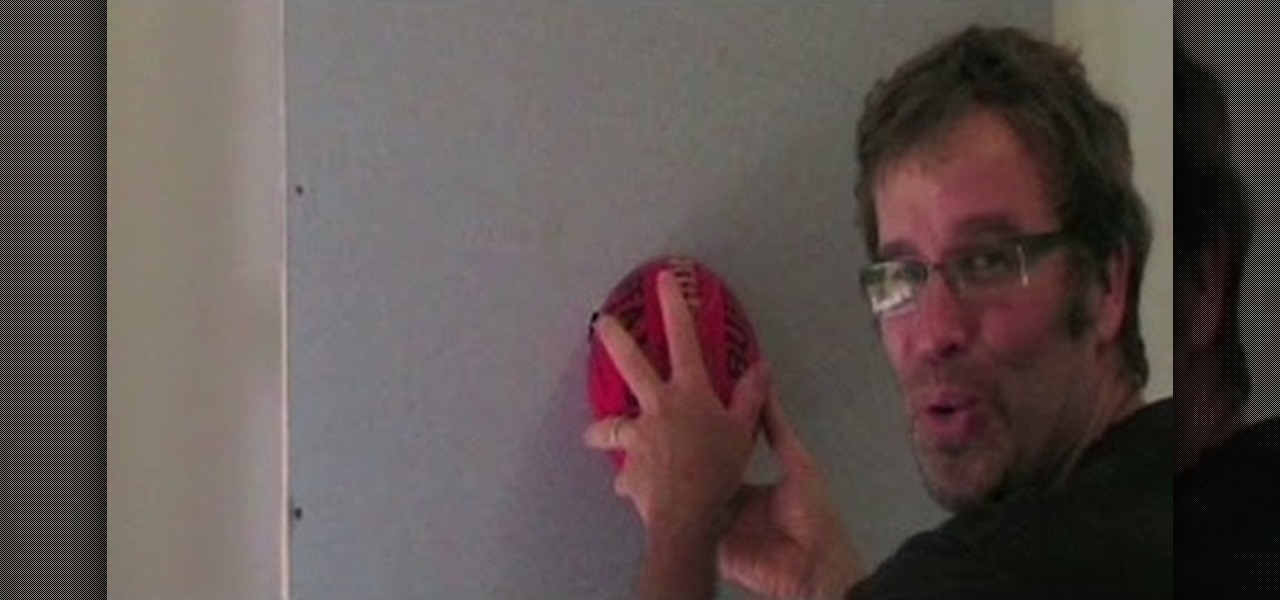




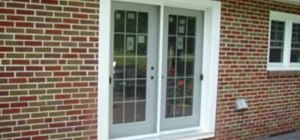
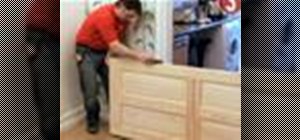
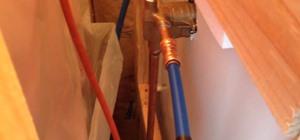


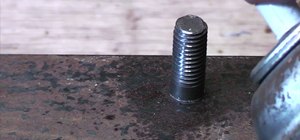

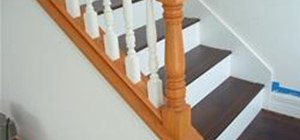
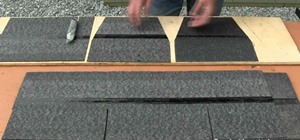

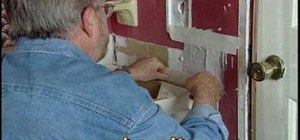
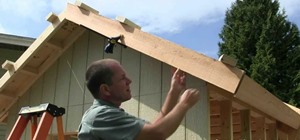
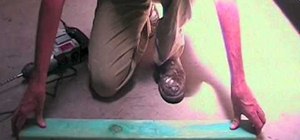

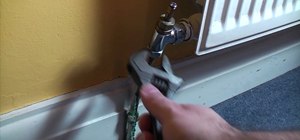

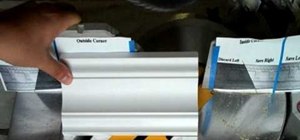


Be the First to Comment
Share Your Thoughts